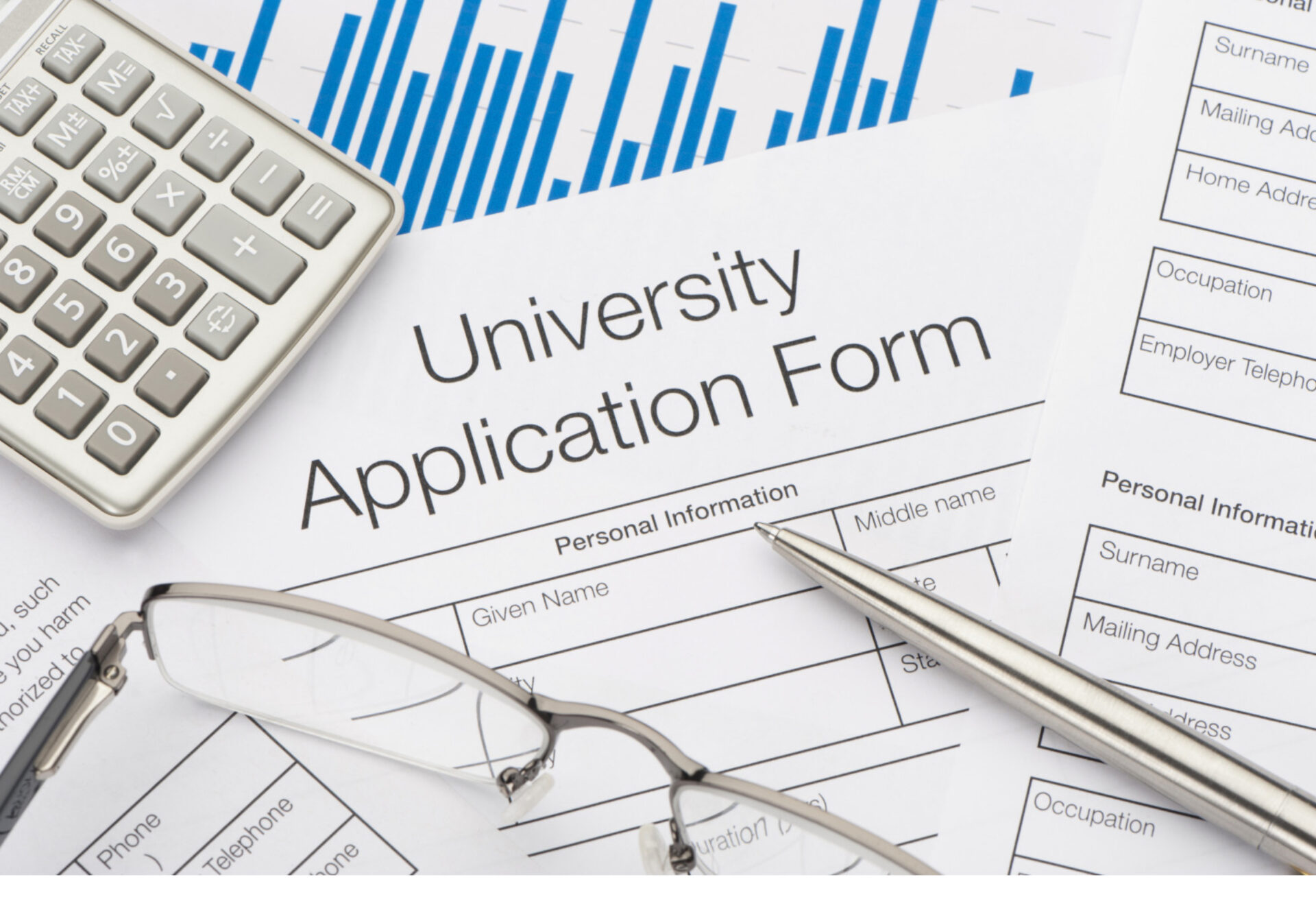All college applicants are constitutionally equal; however, they are not evaluated equally. Increasingly, more colleges are employing highly refined algorithms to quantify and qualify the current and future financial characteristics associated with an applicant and his or her family. These algorithms – called Customer Relationship Management tools, or CRM algorithms – can be used to identify which students and families will provide the highest return (dollars and social promotional impact) on their investment/admission. Students and families with a higher potential in these areas (according to CRM qualifiers) are favored more highly than those students and families with lower CRM evaluation potential. In short, applicants and their families are evaluated as commodities by a computer. Using this information for admission decisions may easily increase the gap – choose whichever gap you wish: education, economic or social mobility – rather than reduce it.
Colleges are in business. Each is required to meet a bottom line in order to serve its mission. For private and state schools there is a balance between meeting a financial bottom line while providing the best educational opportunity possible. A for-profit college must provide the greatest return for its investors, and additionally, meet its educational charter to maintain certification. CRM tools are employed by schools to identify those students – and their families – who can best meet the financial goals of the institution. For many colleges, the use of CRM tools is justified as a business and efficiency decision.
The gap keeps getting wider. While many schools pay lip service to increased diversity through everything from recruiting socioeconomically disadvantaged students to needs-blind admissions, percentages, and metrics of diversity continue to tell a different story. It is rare to find an elite private school with student body percentages of affluent Caucasians hovering near or less than sixty-five percent. This is driven by many factors, some transparent and justified, while others are covert and unspecified – CRM tools being one of them.
Schools justify the large financial expenditure on CRM systems by highlighting the very real need to evaluate increasing numbers of applications and identify students with the highest potential to graduate and successfully enter the professional world. These are true statements, and a school would not be practicing due diligence by ignoring these challenges. For example:
Ellucian CRM Recruit is advanced student recruitment, admissions, and enrollment management software that provides insight into your prospect pool, using enrollment probability and predictive modeling to help you identify your ideal prospects. – Ellucian CRM
The easiest way for universities to reach a harmonious state with their stakeholders is by implementing a modern CRM for higher education. A CRM provides valuable insights about your students, allowing you to nurture stronger and more personal relationships with prospective and current students but also with alumni. – Full Fabric (CRM developer)
This sounds prudent.This sounds appropriate. However, some schools additionally employ CRM data and analysis to provide selective and biased admission as well as financial aid privileges. For example, two students with equal metrics (GPA, test scores, extracurricular activities) may not be provided the same financial aid package and incentives. Why? CRMs influence financial aid offerings based on each student’s anticipated and projected future financial as well as social marketing potential for the school. Those CRM predictions and recommendations are heavily influenced by the socioeconomic position of the student’s parents.
An admitted student from a wealthy family may actually receive a much higher “merit aid” offer than a student with the same metrics but with a much higher financial need. The reason is simple. The long-term financial and social return for universities has been shown (according to data used in CRM algorithms) to be higher for those students from affluent families. For this reason, schools will provide higher financial aid offers to sway affluent students to accept their admission rather than accept a lower offer from another school. Statistics show that this tactic works. Unfortunately, the CRM’s evaluation can leave an economically disadvantaged student (with equally high potential) unable to accept the admission. God Bless the Child…

